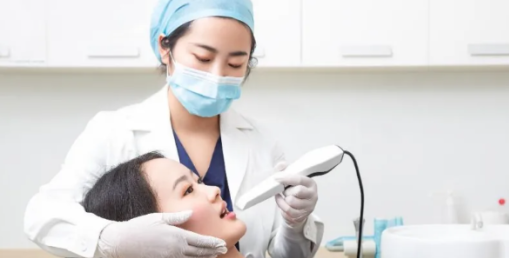
People always say that prevention is always better than cure. With advancements in digital technology, dental professionals are increasingly equipped with tools that enable them to detect issues early and prevent more serious complications down the road. One such tool is the Glorious intraoral scanner, which has helped dentists capture detailed images of the oral cavity.
Understanding Preventive Dentistry
Preventive dentistry encompasses all the measures taken to ensure oral health and prevent dental diseases before they require more extensive treatment. This includes regular cleanings, routine examinations, fluoride treatments, and patient education. The key to effective preventive dentistry is early detection of potential problems, allowing for timely intervention.
The Glorious Intraoral Scanner: Efficient Workflow
With Glorious intraoral scanner, dentists can streamline their workflow by eliminating the need for messy impressions and reducing the time required for scanning and data processing. Unlike traditional impression methods, which can be uncomfortable and imprecise, 3D intraoral scanning is quick, non-invasive, and highly accurate. This technology enables dental professionals to identify issues that might be overlooked during a standard visual examination.
High-Definition Imaging for Precise Diagnoses
The Glorious intraoral scanner's high-definition imaging capabilities provide a detailed view of the entire oral cavity. This level of detail allows dentists to detect early signs of tooth decay, gum disease, and other oral health issues. By capturing accurate images, dental professionals can make more informed decisions about the patient's preventive care plan.
The Glorious intraoral scanner is a powerful tool in the realm of preventive dentistry. Its high-definition imaging capabilities, combined with the ability to monitor changes over time, make it an invaluable asset for early detection and prevention of dental issues.